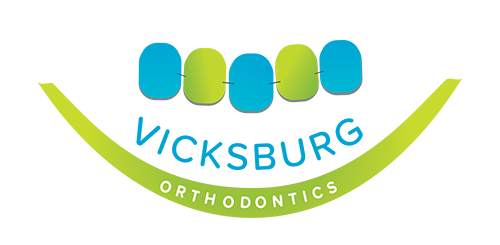How Orthodontic Treatment Works
Orthodontic appliances can be made of metal, ceramic, or plastic. They may be removable or they may be brackets bonded to the teeth. By placing a constant, gentle force in a carefully controlled direction, braces slowly move teeth to a corrected position. This is a great time to wear braces! Gone are the days when a metal band with a bracket was placed around each tooth. You can choose brackets that are clear or metallic color. You can choose the color of the ties that hold the wire in brackets. Wires are also less noticeable than they used to be and the latest materials move teeth faster with less discomfort to patients.
Duration of Treatment
Treatment time typically ranges from one to three years, depending on the growth of the patient’s mouth and face and the severity of the problem. Patients grow at different rates and will respond variously to orthodontic treatment, so the time to case completion may differ from the original estimate. The patient’s diligent use of any prescribed rubber bands or headgear is an important factor in achieving the most efficient treatment. Interceptive, or early treatment procedures, may take as few as six months.
For Children and Adults
Orthodontics for Children
While there is no exact age for children to begin orthodontic treatment, the American Association of Orthodontists recommends visiting the orthodontist by age 7. By this age, the first permanent molars and incisors have usually come in and crossbites, crowding, and other problems can be evaluated. When treatment is begun early, the orthodontist can guide the growth of the jaw and guide incoming permanent teeth. Early treatment can also regulate the width of the upper and lower dental arches, gain space for permanent teeth, reduce the need for permanent tooth extractions, reduce likelihood of impacted permanent teeth, correct thumb-sucking, and eliminate abnormal swallowing or speech problems. In other words, early treatment can simplify later treatment.
Orthodontics for Adults
Orthodontic treatment can be successful at any age and adults especially appreciate the benefits of a beautiful smile. The American Association of Orthodontists states that one of every five patients in orthodontic treatment is over 21. Jaw surgery is more often required for adult orthodontic patients because their jaws are not growing. Adults also may have experienced some breakdown or loss of their teeth and bone that supports the teeth and may require periodontal treatment before, during, and/or after orthodontic treatment. Bone loss can also limit the amount and direction of tooth movement that is advisable.

What are Braces?
Braces are used by your orthodontist to help you improve the look and feel of your smile! There are several different types of braces to choose from, including:
- Traditional metal braces
- Clear braces
- Ceramic braces
- Lingual braces
- Self-ligating braces
- Invisible braces
Orthodontics
Orthodontics (also referred to as dentofacial orthopedics) is a specialized form of dentistry, focusing on the diagnosis, prevention, and treatment of dental and facial abnormalities.

